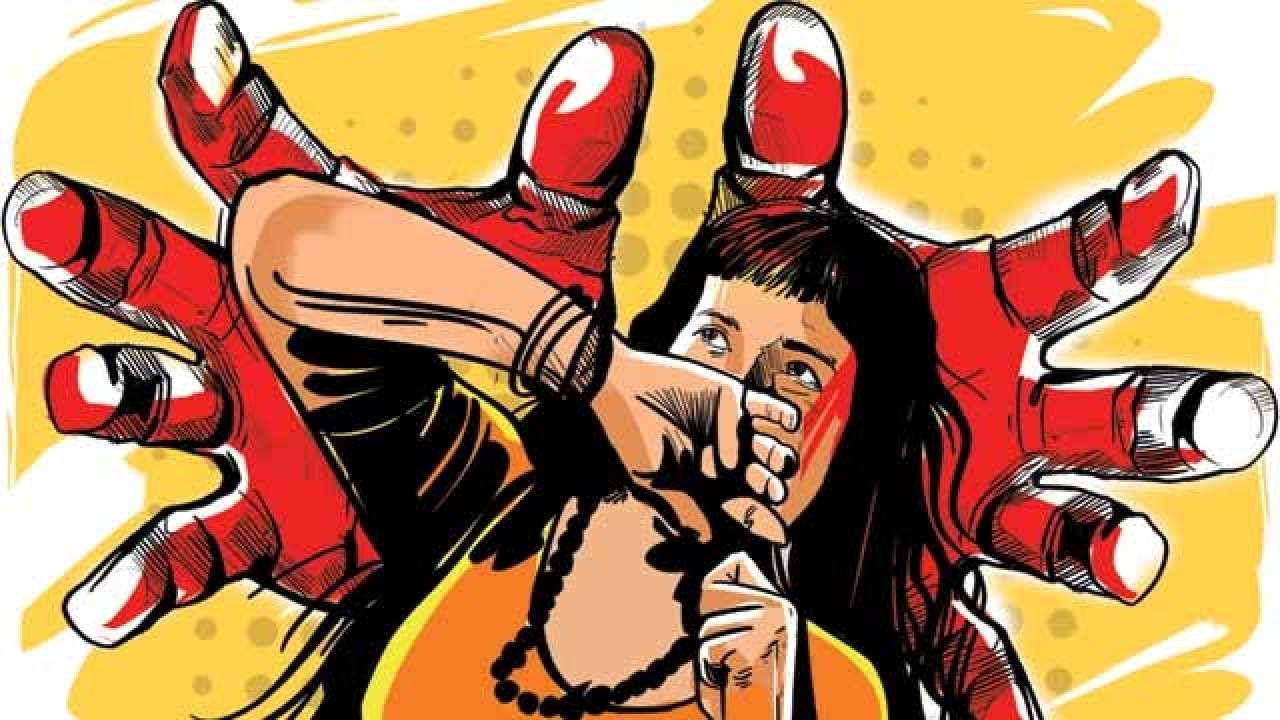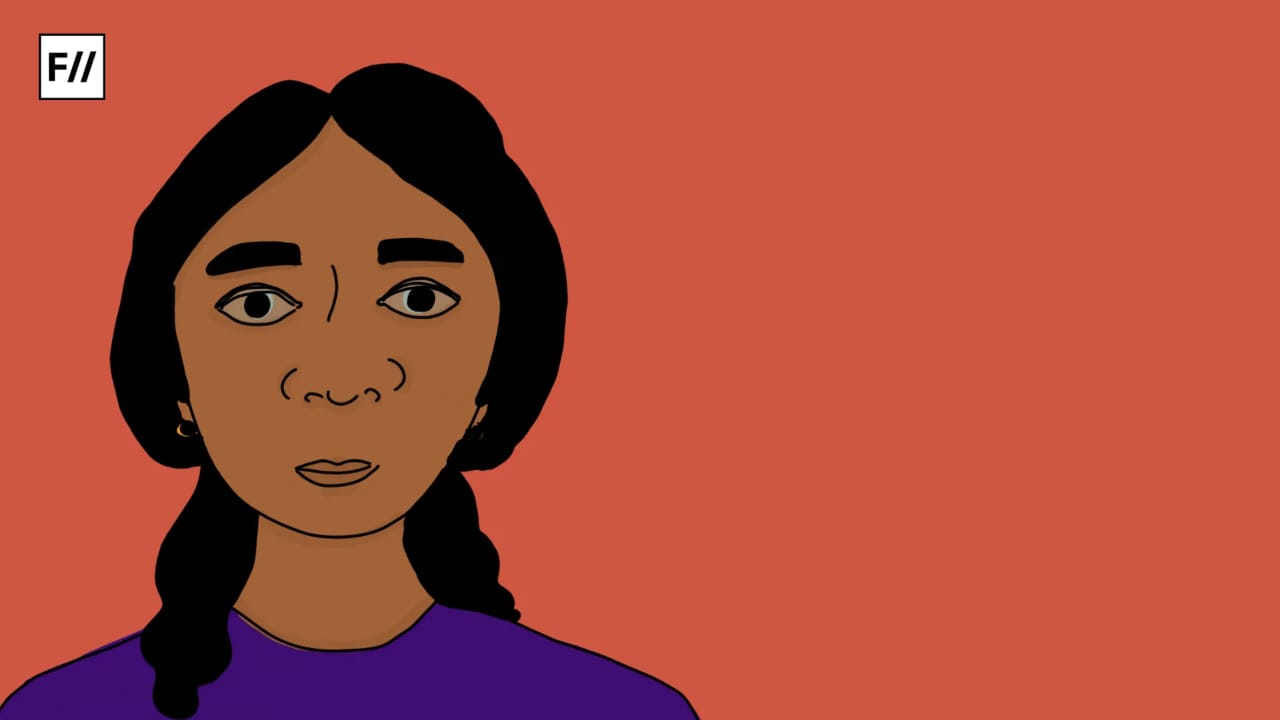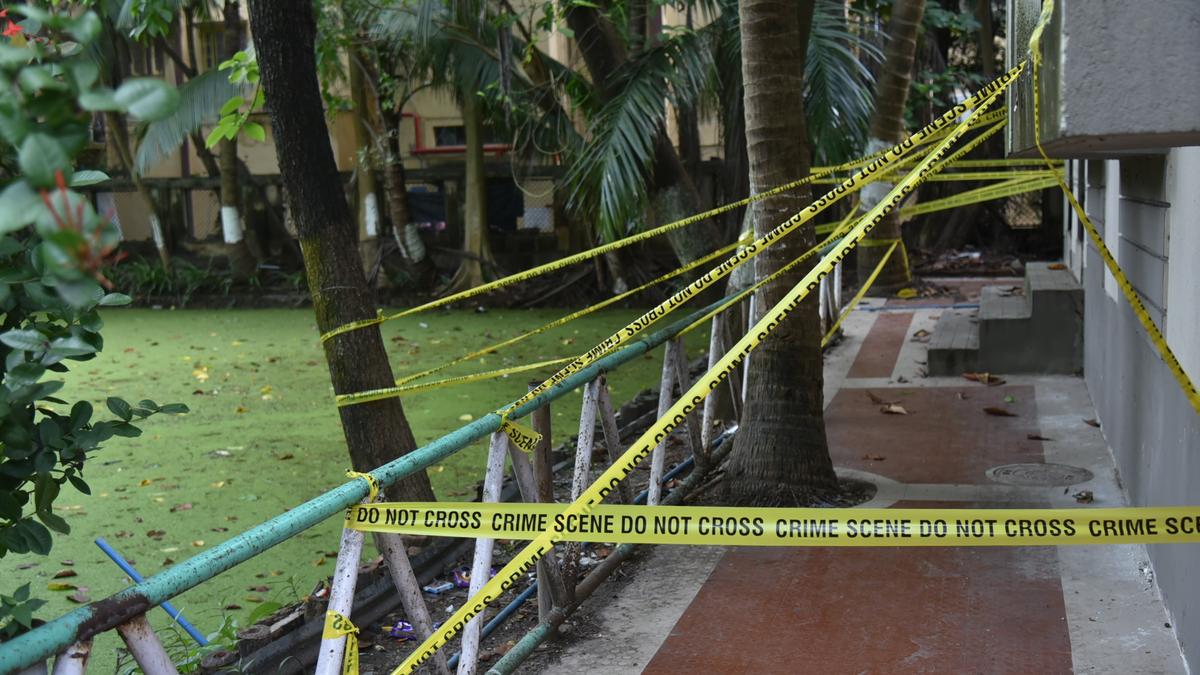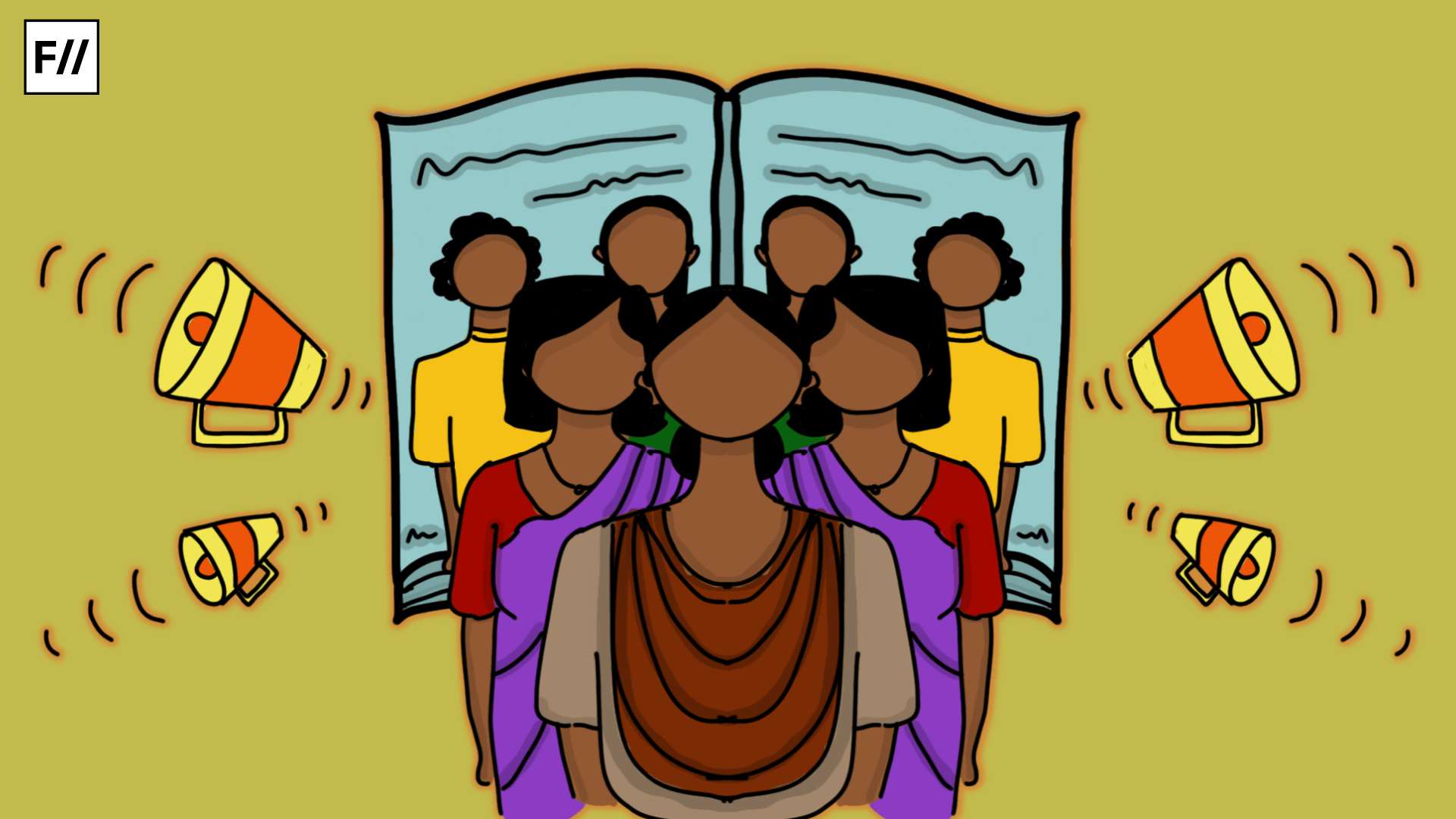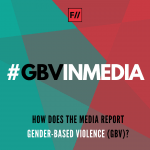
While we scroll through our social media or our preferred news app, it is not uncommon to see a news story about a horrific case of rape or gender-based violence (GBV). The imagery accompanying this news is almost always one of the four or five stock images of rape that all mainstream Indian news publications have chosen to employ for GBV reportage.
These images have a set of common characteristics to them. They are action-filled images, drawn in stark colours – usually red or black, that denote darkness and danger. They depict women or girls cowering from an unseen threat – a looming hand, a shadow, or a palm clasping their mouths shut. The women are either shaking with fear or crying, sometimes with their head buried in their hands. The perpetrator is absent.

Let’s deconstruct these images and the stereotypes they perpetuate, shall we?
What’s wrong with these stock images?
These images place their focus solely on the woman, who is depicted as a helpless, passive, scared victim. The problem with how we understand rape is that we view it as a “woman’s problem” – an issue that women have to deal with, rather than as a “man’s problem” – i.e., an issue that men have been perpetrating for millenia. When we do this, the focus remains on women and how their lives have been ‘irreparably ruined’ by this crime, and not on holding perpetrators accountable for their actions. Images that depict rape need to bring the focus back on the perpetrator.
The depiction of women as cowering victims, often covering their faces, reinforces the harmful norm that women ought to be ashamed of being raped. The shame that women are expected to (and often do) carry after being raped is simply a product of a patriarchal society that lays the blame of gender-based violence on its victims rather than its perpetrators. The media should know better than to feed into this narrative. Women have nothing to be ashamed of – it is a traumatic crime that happened to them, but it is never, ever their fault.

In this “cowering victim” imagery, we view women as helpless beings with no agency who need to be saved. This imagination of women as damsels in distress feeds the patriarchal and patronizing attitude towards women that often uses “women’s safety” as a bogey to control their mobility, freedom and expression.
Finally, these pictures always seek to depict gender-based violence in the very moment of its occurrence. They illustrate the exact moment of trauma – a hand snaking up from behind and covering their mouth, for example – that women and girls worldwide have experienced a million times, in various forms. We do not need sensationalist reminders of what our trauma looked like. The media needs to remember that a large proportion of their audience is made up of people that have experienced gender-based violence – people who do not need to imagine what it looks like, people who have visceral memories of it lodged in their brains. Pictures like this can trigger this trauma within survivors, highlighting that moment of vulnerability and the act of violence that came with it.
Publishing images of victims is illegal!
At this juncture, it is useful to note that using images of the survivor directly is banned by the Indian Penal Code as well as the Supreme Court and the Press Council of India guidelines. This is done in order to prevent survivors of sexual violence from the social ostracism that they routinely face, further victimizing them. The identification of the survivor might further put them at risk of violence.
This rule is waived in case the survivor authorizes the use of her name. In case the victim passes away, or is a minor or has intellectual disabilities, the next of kin may provide this authorization. This authorization must be provided to a recognized State welfare organisation.
The media often illegally circumvents this rule (remember the Kathua rape case?). Often, when a woman has passed away due to a particularly brutal rape crime, the media tries to shock their audience and sensationalise this death by publishing gory images of the victim’s dead, mutilated body.
Does this provide the outrage needed to protest this rape? Must we see women in their moment of abject violation in order to feel empathy for them? Does the dignity of the victim, especially in death, not count for anything? By publishing pictures of women’s dead bodies, we are preserving their memory in this state of defilement and exploitation forever. It is how they will be remembered.
On May 27 2014, three men from a dominant caste kidnapped two minor Dalit girls in Badaun, Haryana, gang raped them and murdered them. They were found hanging from a tree. The image of the two girls found hanging went viral, with media outlets posting the images without blurring or hiding the faces of the woman, a blatant violation of Section 228A and that of the dignity of the victims, whose bodies’ images, in this state of violation, were splashed all over the internet.
In a statement written by several Dalit and anti-caste activists, this disregard for the dignity of Dalit and Adivasi victims’ bodies was highlighted. They argued that the media was much more sensitive in respecting the privacy of dominant caste women, while the continuous dissemination of images of violated Dalit and Adivasi bodies normalized the violence carried out upon them.
So, how can the media do better?
In our #GBVinMedia toolkit, we recommend using images that view women as strong and resilient beings. After all, women have been subject to dehumanising sexual violence for millenia, and continued to fight it, continued to speak out against it, and continued to build mechanisms that will hold perpetrators accountable. It is this face of survivors that the media should be highlighting, instead of depicting women in their moment of violation.
Illustrations of women fighting gender-based violence or saying no are great options to use. Remember, the image does not necessarily have to depict the moment of gender-based violence. However, illustrations that highlight perpetrators’ role in gender-based violence would help to shift the narrative away from rape being a women’s problem and correctly place the onus on the perpetrator. Photographs taken from collective women’s marches or anti-rape protests, with women fighting against gender-based violence are another good option that show women’s resilience in the fact of GBV.
Here are some great examples:

The first two images from L-R are from Breakthrough India’s ‘Redraw Misogyny’ campaign, that created alternate images to depict gender-based violence. The middle image places the focus of gender based violence on the perpetrators instead of the victim. The rightmost image is from a protest against rape. FII has a database of stock images showing resilience that can be freely used by news platforms while reporting gender-based violence.
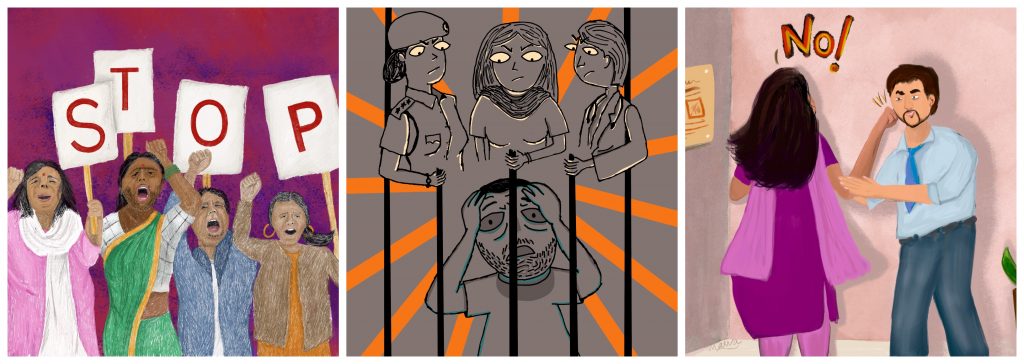
With so many options available, it is about time that the media step out of the sensationalist and medieval images that it uses in its rape reportage.
Also read: How To Sensitively Interview Survivors Of Sexual Violence | #GBVinMedia
Featured Image Source: DNA India
About the author(s)
Asmita is a Freelance Communications Consultant, and specialises in leading digital advocacy campaigns for social and gender justice issues. When not using social media for work, she uses social media for fun (and a healthy dash of existential despair).
